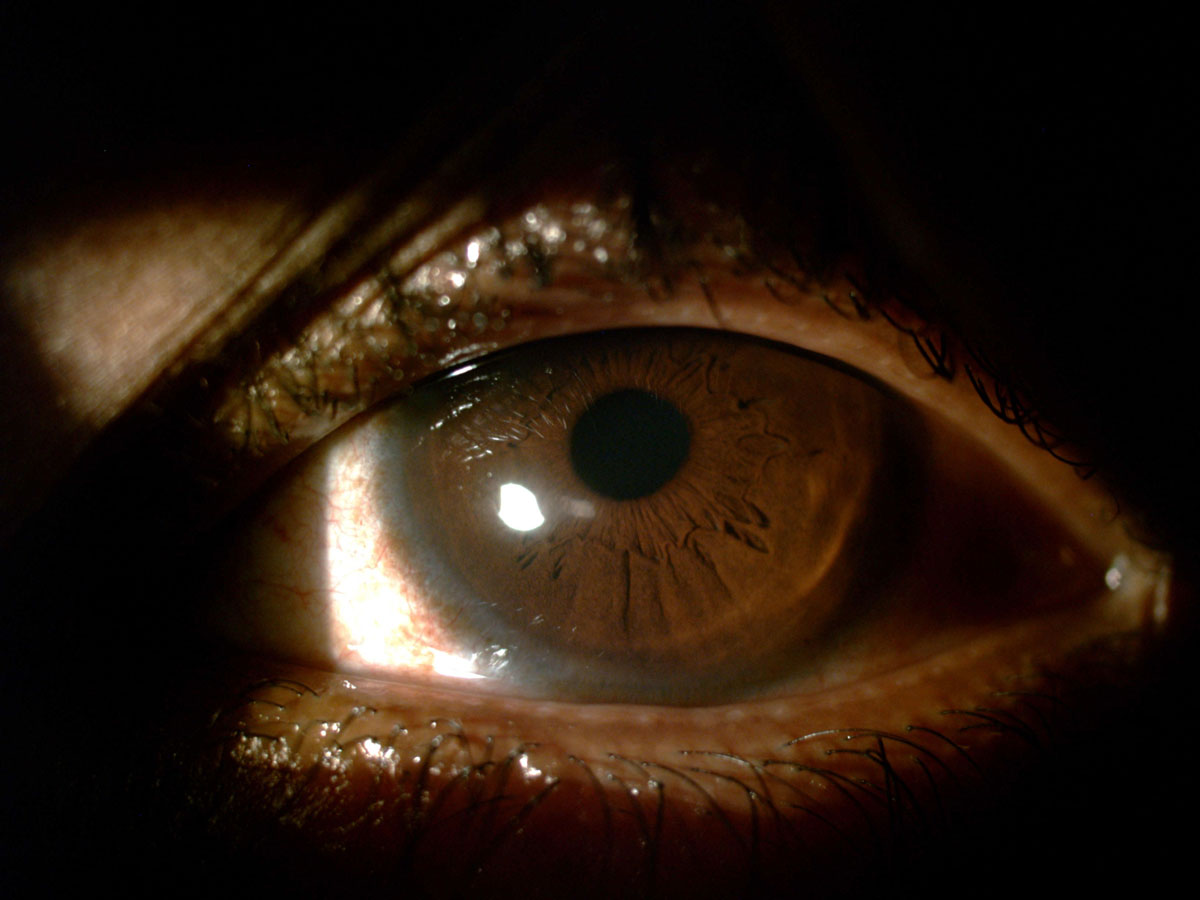 |
Q:
I have a keratoconus patient with severe eczema who may start Dupixent (dupilumab, Sanofi and Regeneron). However, the drug is associated with ocular surface problems. Should his dermatologist prescribe it to him despite the risks? If so, what does the management process look like and how are the ocular side effects best treated?
A:
Dupixent is a monoclonal antibody that inhibits IL-4 and IL-13 signaling, targeting inflammation in cases of atopic dermatitis (AD), or eczema.1 Patients with AD are predisposed to conjunctivitis and keratoconus.2,3
“Dupixent has fairly typical potential side effects relative to the injection itself,” says Jim Thimons, OD, medical director and founding partner of Ophthalmic Consultants of Connecticut. Dr. Thimons notes that the main issue that must be on every OD’s radar is ocular side effects (conjunctivitis and keratitis).
Conjunctival Obstacles
Surajit Saha, MD, a cornea, cataract and refractive surgeon of OCLI in New York, says the pathogenesis of conjunctivitis in AD patients receiving dupilumab has not yet been established. He notes that one hypothesis contends that blocking IL-4 and IL-13 from binding to their receptors leads to increased activity of ligands involved in atopic keratoconjunctivitis.
 |
| Severe keratoconus without scarring. Click image to enlarge. |
Dr. Thimons says ocular surface problems usually clear up well with topical steroid therapy. Treatment with fluorometholone 0.1% eye drops or tacrolimus 0.03% eye ointment is generally successful.4 A study evaluating AD patients treated with dupilumab found that mild, non-specific conjunctivitis with evaporative dry eye can be treated with warm compresses and preservative-free artificial tears.5 Dr. Saha adds that severe follicular conjunctivitis, on the other hand, can be managed with dexamethasone eye drops and artificial tears. He notes that discontinuing dupilumab is rarely necessary to facilitate the resolution of conjunctivitis.
“The response on the conjunctivitis side has been relatively mild and easily managed, so discontinuation of the drug isn’t usually necessary,” according to Dr. Thimons. He adds that severe eczema patients have very few treatment options available to them, so Dupixent is usually always worth trying.
Drug Management
Dr. Saha notes that Dupixent is indicated for patients at least 12 years old with moderate to severe AD who are not getting adequate control of their disease with topical medications. He says some of these patients may have preexisting conjunctivitis, keratoconus or dry eye.
Dr. Thimons recommends documenting the appearance of lid tissue prior to initiating Dupixent, observing and intervening if necessary.
For comanaging, Dr. Saha advises consultation with an eye care provider prior to starting a patient on Dupixent to optimize the ocular surface. If the patient has keratoconus, he suggests referring them to a cornea specialist. If the patient develops an ocular surface disease, the prescribing physician should coordinate with an eye doctor.
“In general, Dupixent can be continued while the ocular surface disease is usually successfully treated with topical corticosteroids and artificial tears,” Dr. Saha concludes.
1. Dupixent. www.dupixenthcp.com/. Accessed October 15, 2019. 2. CA Maguire, E Hollick, R Morris-Jones. Keratoconus: an important ophthalmological complication of atopic dermatitis. J Am Acad Dermatol. 2017;76(6):AB421. 3. Thyssen JP, de Bruin-Weller MS, Paller AS, et al. Conjunctivitis in atopic dermatitis patients with and without dupilumab therapy—international eczema council survey and opinion. J Eur Acad Dermatol Venereol. 2019;33(7):1224-31. 4. Wollenberg A, Ariens L, Thurau S, et al. Conjunctivitis occurring in atopic dermatitis patients treated with dupilumab—clinical characteristics and treatment. J Allergy Clin Immunol Pract. 2018;6(5):1778-80. 5. Maudinet A, Law-Koune S, Duretz C, et al. Ocular surface diseases induced by dupilumab in severe atopic dermatitis. Ophthalmol Ther. 2019;8(3):485-90. |

